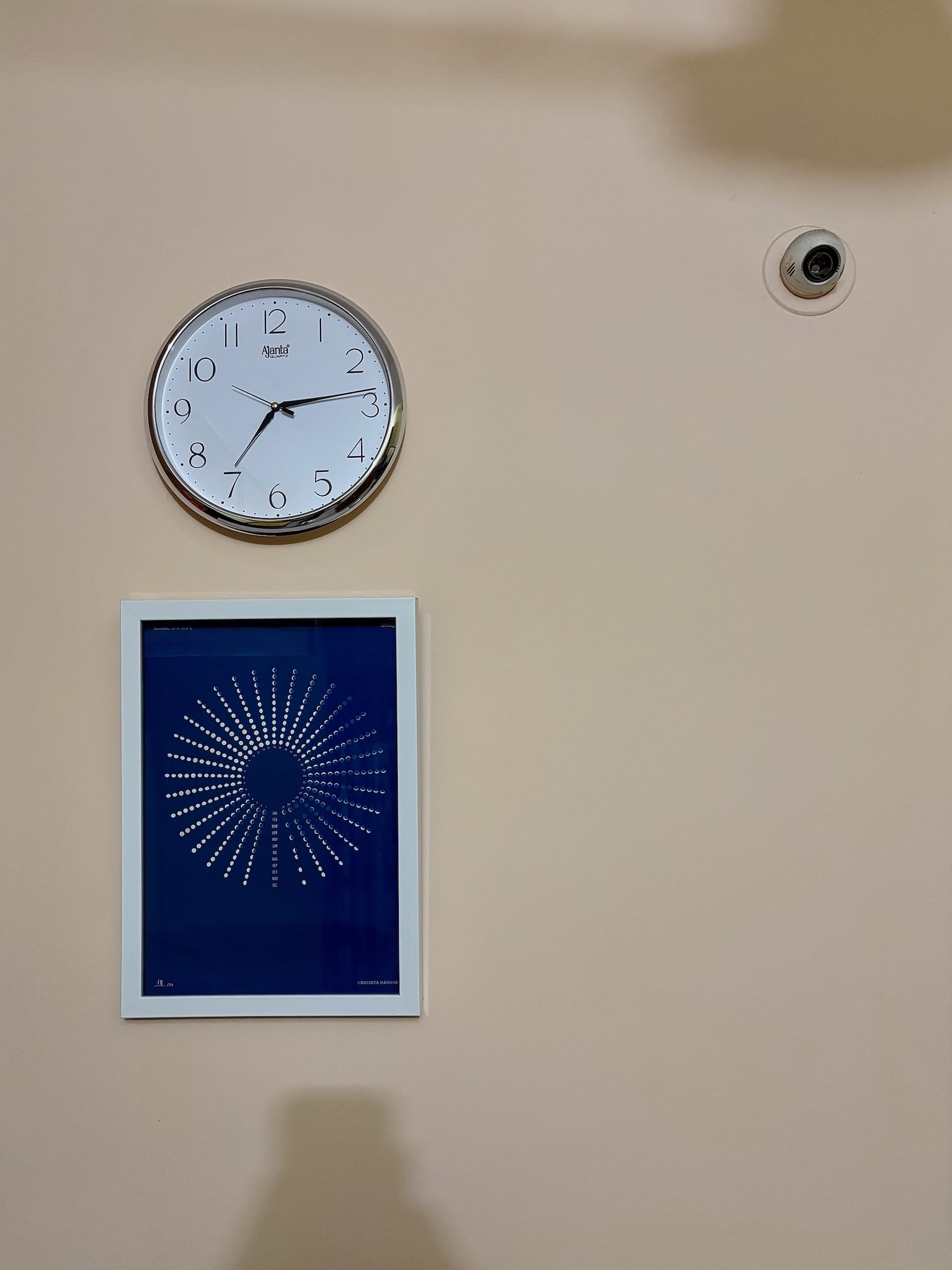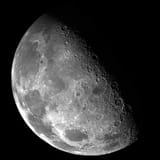Moon Monday #214: Blue Ghost preps for lunar landing, gets its fix in lunar orbit
Plus: Intuitive Machines set to launch second Moon lander, Australia continues lunar tech investments, and more.
Announcement: I’m thrilled to share that I’ll be communicating the Open Lunar Foundation’s research work on building blocks of cooperative and sustainable global lunar exploration as their ‘Science Communications Lead’. Keep an eye out on Open Lunar’s newsletter and blog in the coming months. 🚀
I’m very excited for this new phase in my partnership with Open Lunar, for it works towards a mission that has so much in common with Moon Monday, and so alongside people and a community I deeply admire. Thanks to Jessy, Chelsea, Rachel, and the team for doing what they have done. 🌙
Disclaimer: Open Lunar Foundation has been one of the sponsors of my Moon Monday blog+newsletter for almost four years now. As such, my public Editorial Independence Policy has applied to Open Lunar and my coverage of them throughout, and will continue to. This includes continuing to state about them being a sponsor of any kind in parentheses every single time I mention their work in my coverage or writing, just as I recently did with Astrolab’s coverage. 🌗
The next Moon lander arrives
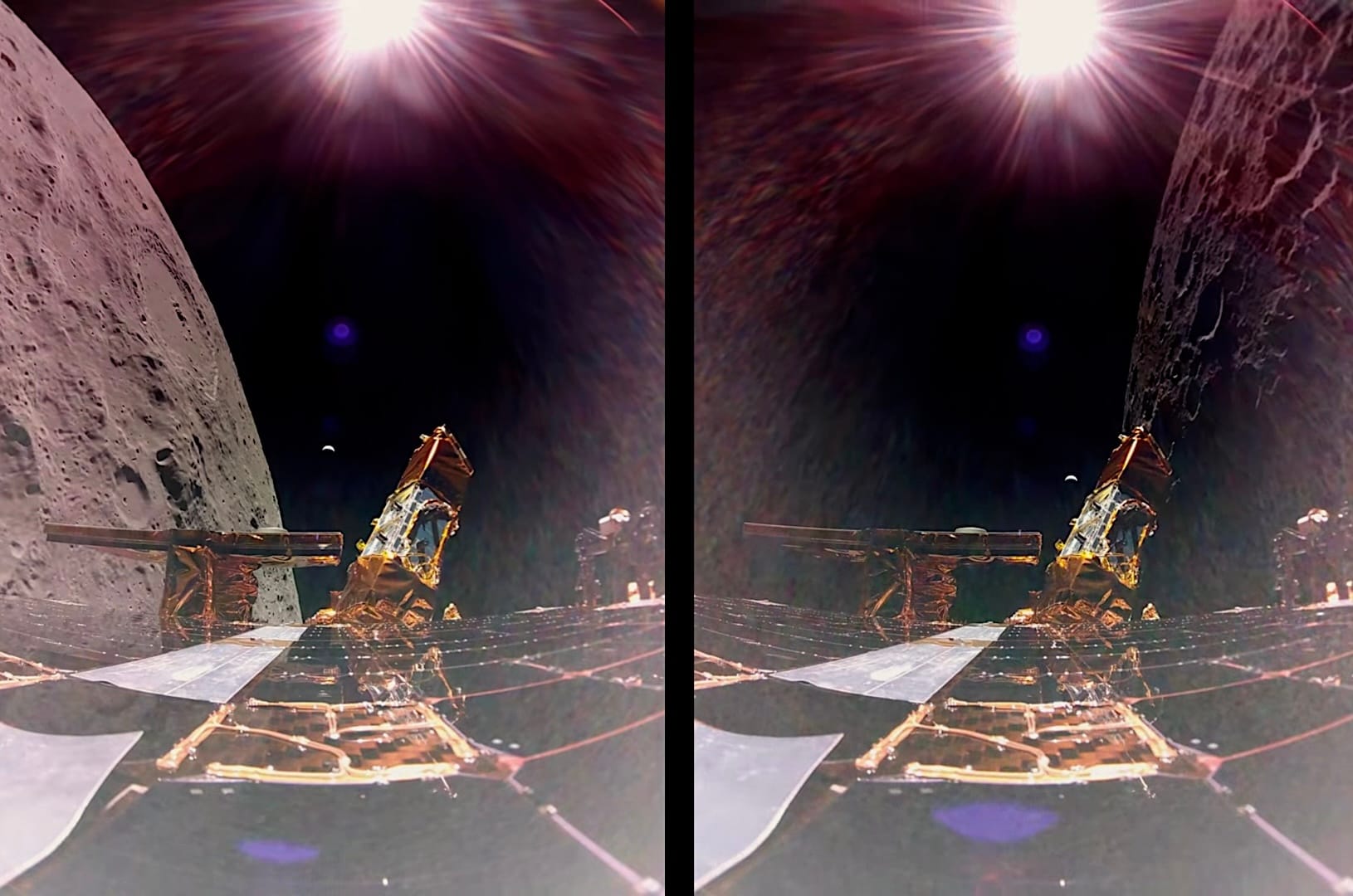
On February 18, Firefly Aerospace’s Blue Ghost Moon lander part of NASA’s CLPS program successfully fired its engines for about three minutes to lower its lunar orbit. Scott Tilley’s enthusiastic tracking found this orbit to be about 150 by 100 kilometers, down from the roughly 150 by 5673 kilometers it was after lunar orbital insertion on February 13. Today, February 24, Firefly nearly circularized Blue Ghost’s orbit with a 16-second burn. Blue Ghost can now attempt descending on the Moon on March 2 to land amid the lava plains of Mare Crisium with the landing ellipse centered at 18.56°N, 61.81°E.
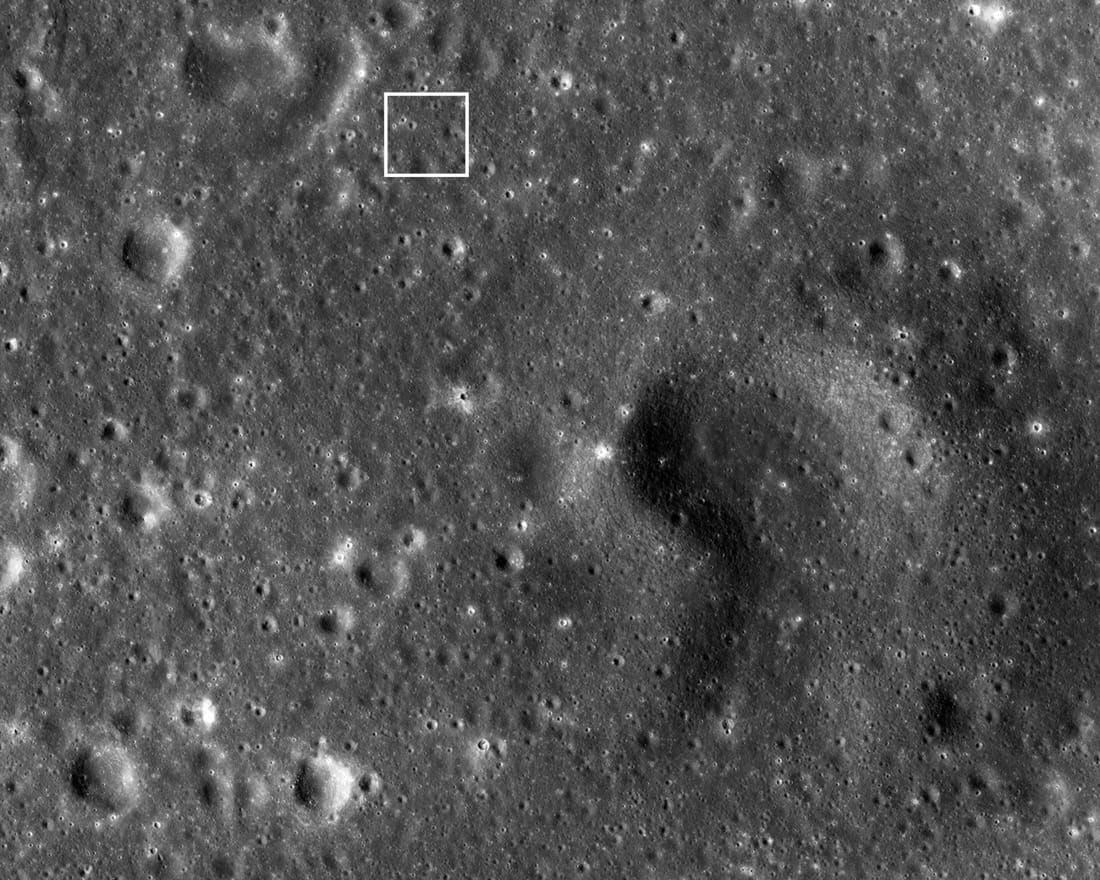
The landing site selection process for Blue Ghost involved down-selecting sites within Mare Crisium based on some of the following main criteria:
- Analyze data from NASA’s Lunar Reconnaissance Orbiter (LRO) and Earth’s Arecibo radar observatory to find areas with the lowest density of large craters (> 2 meters), gentle slopes of less than 5°, and no boulders at the 1-2-meter scale for a safe landing
- Take into account engineering requirements like having a direct line of sight from the lander to the Sun and Earth for power and communications
- Balancing (as is usual) several conflicting requirements from various scientific instruments onboard
For the mission’s lander testing aspect, Firefly previously conducted nearly 100 drop tests on lunar soil simulants and sand to qualify the legs of the lander. William Coogan, Firefly’s chief lunar lander engineer told me last year that the team “even tested leg drops on concrete because it’s harder than anything we’ll land on.” Firefly also built a one-acre moonscape to test via a heavy-lift drone the lander’s hazard avoidance and terrain-relative navigation capabilities to ensure a safe landing for Blue Ghost during the final descent. As Firefly reaches for this nerve wracking moment, here’s a reminder of what makes a Moon landing “successful”.
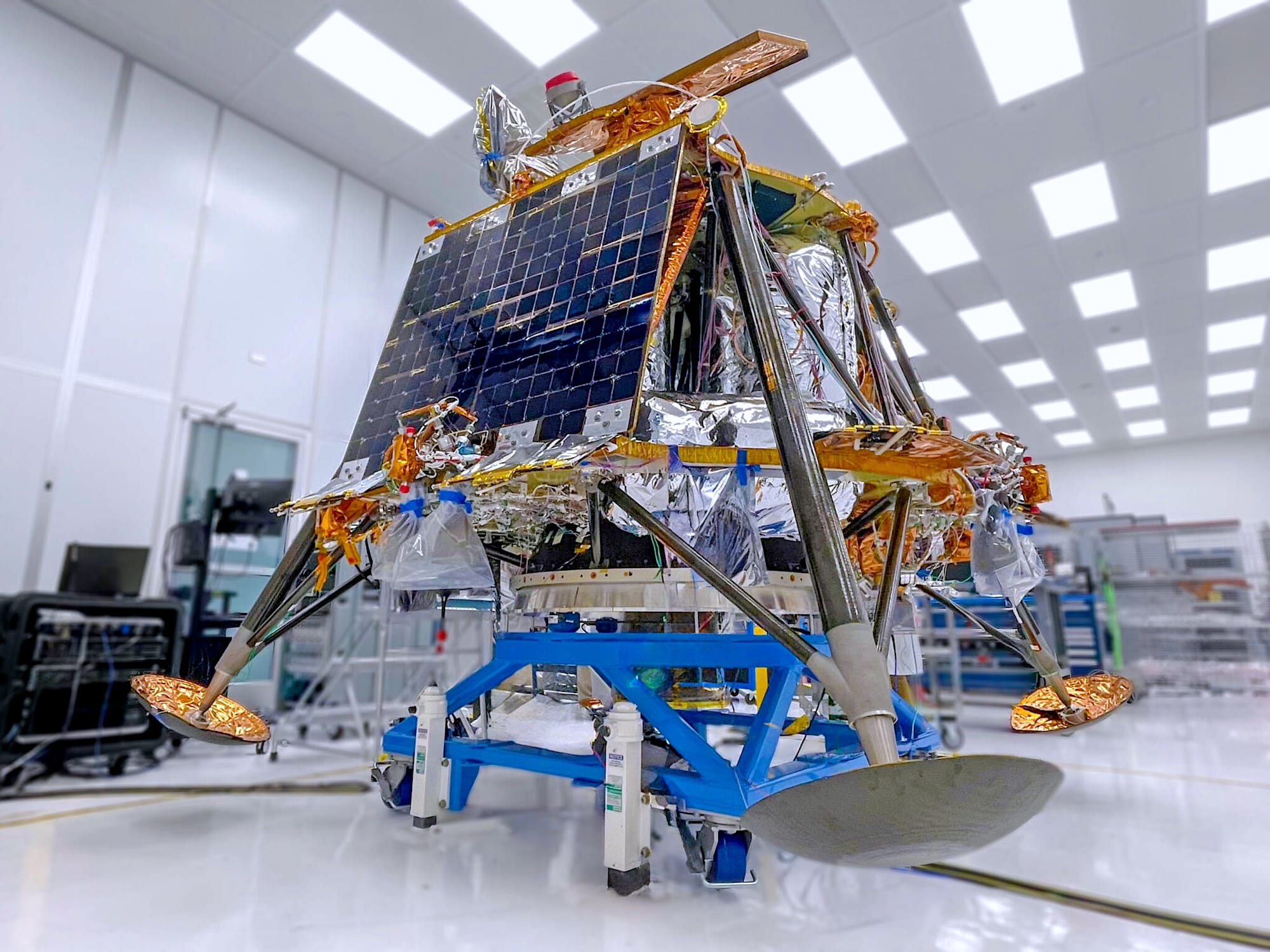
While in lunar orbit, Blue Ghost achieved a notable first. On February 19, the joint US-Italian LuGRE receiver payload onboard got navigation signal fixes at distances past 400,000 kilometers, the farthest for any spacecraft, reinforcing the idea that Earth-based GNSS satellite constellations could help spacecraft navigate at the Moon. It’s through the Italian Space Agency (ASI) that we get more details:
The signal acquisition occurred in the L1/E1 and L5/E5 bands throughout the Blue Ghost 1 lander's journey to the Moon. The most distant GNSS satellite signal received was from the Galileo constellation, at a distance of 67.79 Earth radii, about 432,384 kilometers from the LuGRE receiver. [...]
Despite the significant distance and high speed, the position was calculated with very high accuracy, with an error margin of about 1.5 kilometers for position and about 2 meters per second for velocity. Signals were successfully acquired from four GPS satellites on the L1 and L5 frequencies and from one Galileo satellite on the E1-E5 frequency bands.
Resources to follow Blue Ghost
- Firefly’s Live Updates blog for Blue Ghost
- NASA-funded payloads onboard, amassing nearly 100 kilograms
- NASA’s Artemis blog rather than the inactive official CLPS blog
- Browse my dedicated CLPS coverage webpage and the Moon Monday archive
- My guide on how to follow CLPS updates
- Subscribe for free to Moon Monday to receive mission updates with context 🌝
Intuitive Machines set for second launch to Luna
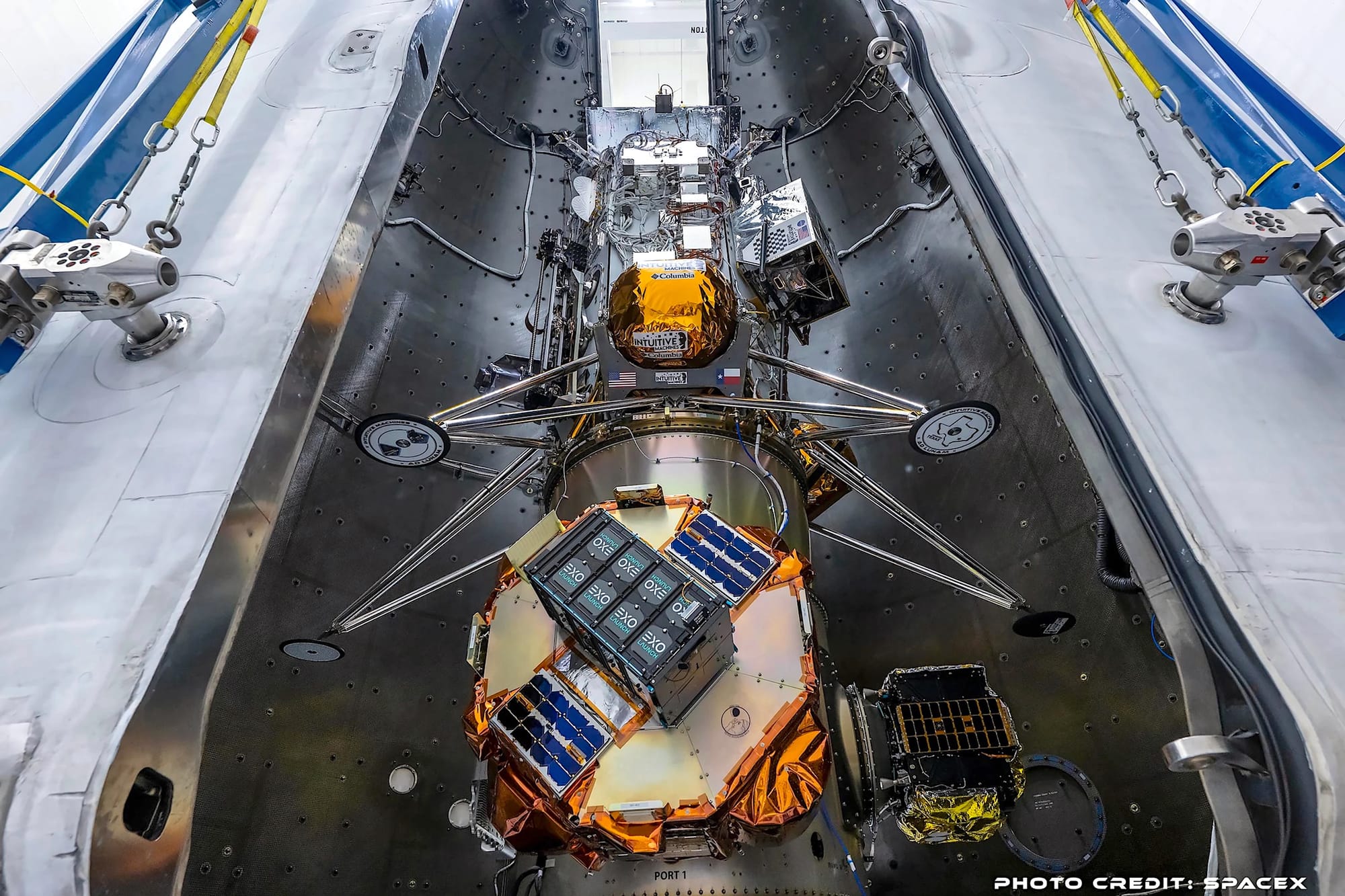
Intuitive Machines’ second CLPS Moon lander, called Athena, has been encapsulated inside the fairing of a SpaceX Falcon 9 rocket in Florida, targeting launch during a three-day window starting February 26. The mission, called IM-2, will carry a NASA-funded drill and spectrometer, a rover by US-based Lunar Outpost and Japan-based Dymon, a hopper, and a retroreflector.
Launching alongside Athena as a rocket rideshare is the also NASA-funded Lunar Trailblazer orbiter. Trailblazer is expected to provide scientists with unprecedented, high-resolution global maps of the amount, distribution, and state of water across our Moon from orbit. It will also help us better understand several other key scientific aspects of Luna.
The Athena lander will head straight for the Moon post-launch. It will reach within a week, with Intuitive Machines targeting a landing no earlier than March 6. On the other hand, Lunar Trailblazer will spend four to seven months in a low-energy, fuel-efficient transfer trajectory before entering lunar orbit—similar to ispace Japan’s recently launched Moon mission.
Many thanks to Open Lunar Foundation, Nathan Price and Frank Genin for sponsoring this week’s Moon Monday! If you too appreciate my efforts to bring you this curated community resource for free and without ads, support my independent writing. 🌙
Australia continues investing in lunar technology components
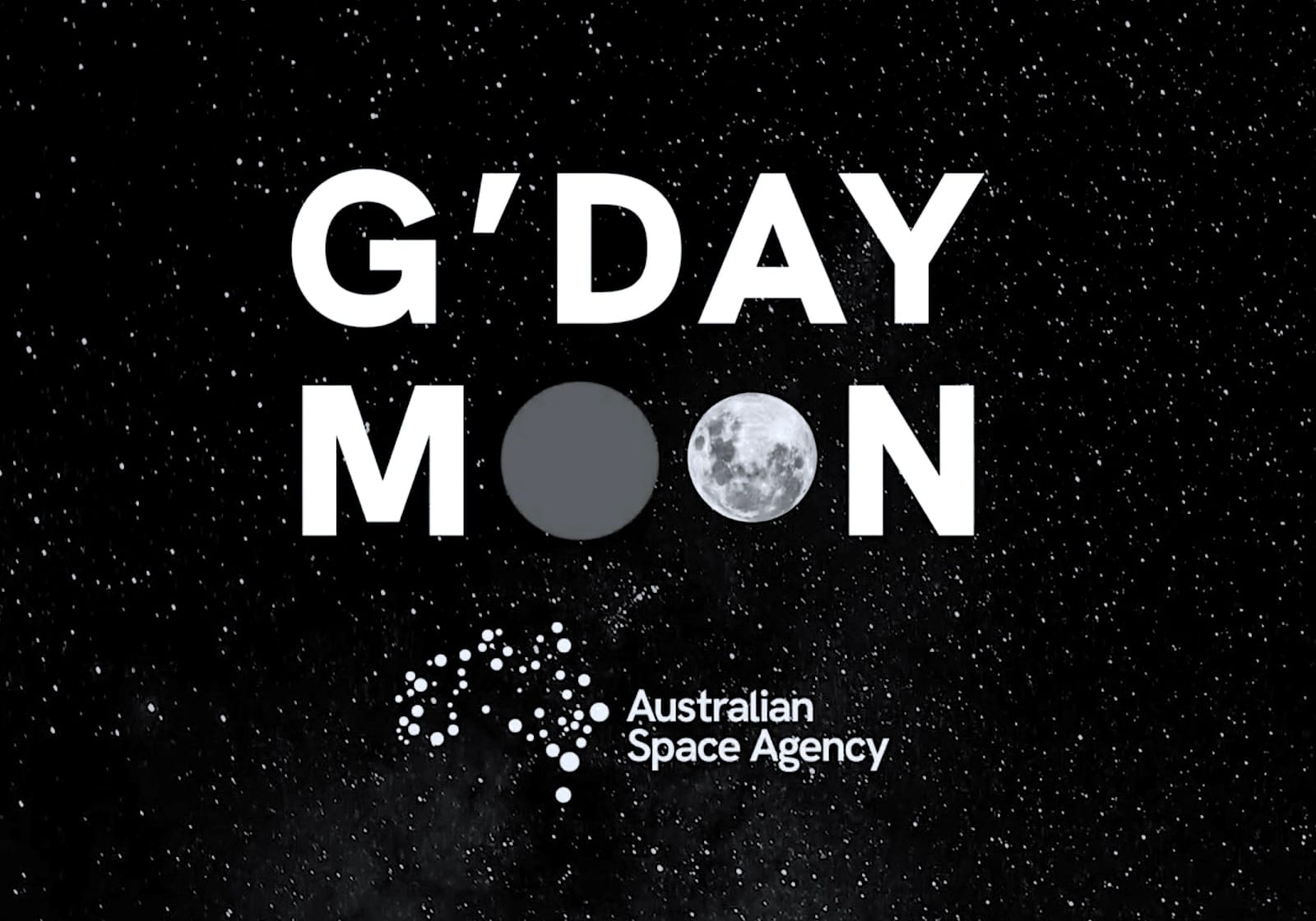
The Australian Space Agency (ASA) continues aiding local companies to build lunar technologies with funds from the nation’s Moon to Mars Demonstrator Grants program. On February 2, ASA announced supporting three more projects:
- $0.63 million to EntX towards building a radioisotope heater unit (RHU) with the goal of enabling future landers and rovers to survive frigid lunar nights from “several months to up to five years”
- $0.63 million to Fleet Space to “develop a cutting-edge gravity measurement instrument that will improve exploration for critical minerals”
- $0.16 million for Element Robotics to test and de-risk autonomous lunar systems in simulated lunar environments before sending them to space
Notably, entX’s selection follows earlier ASA support to conduct a feasibility study and build an early prototype. entX is building the RHU with aid from the Australian Nuclear Science and Technology Organization (ANSTO). The ultimate intent is to fly the RHU on a US lunar surface mission, wherein the key challenge will be to navigate the US’ Nuclear Flight Safety and Launch Approval process.
These grants represent the latest advance in Australia’s ongoing strategy to enter the US space industry supply chain with NASA as the key enabling partner. Here are some notable previously ASA-funded Moon to Mars projects.
- $3.4 million to Advanced Navigation for providing US-based Intuitive Machines with a LiDAV navigation sensor to aid the company’s second or third CLPS mission with autonomous navigation. Since the sensor seems to be absent from Intuitive’s second Moon lander, it would appear the company’s third lander might carry it.
- $3 million for a ground station to support NASA’s Orion capsule’s high bandwidth optical laser communications terminal in support of the crewed Artemis II circumlunar flight. Relatedly, the US and Australia announced in May 2023 that Australia will establish a new ground station to support crewed Artemis missions. Conversely, Intuitive Machines utilizes commercial ground station services from CSIRO’s high-bandwidth Parkes dish in Australia for its robotic lunar missions.
- $2.4 million to Fleet Space for building a miniature seismic station called SPIDER, set to fly on Firefly’s second CLPS Moon lander next year.
In the context of major lunar faring nations, these efforts may not seem that sizable. But as Douglas Gorman aptly put it, the idea with these grants is to “use short term investment to build out space competencies, thereby growing the pool of Australian companies competing on future lunar bids.”
Also see: Australia’s first lunar rover called Roo-ver has been delayed. It will be built by the EPE & Lunar Outpost Oceania.
More Moon
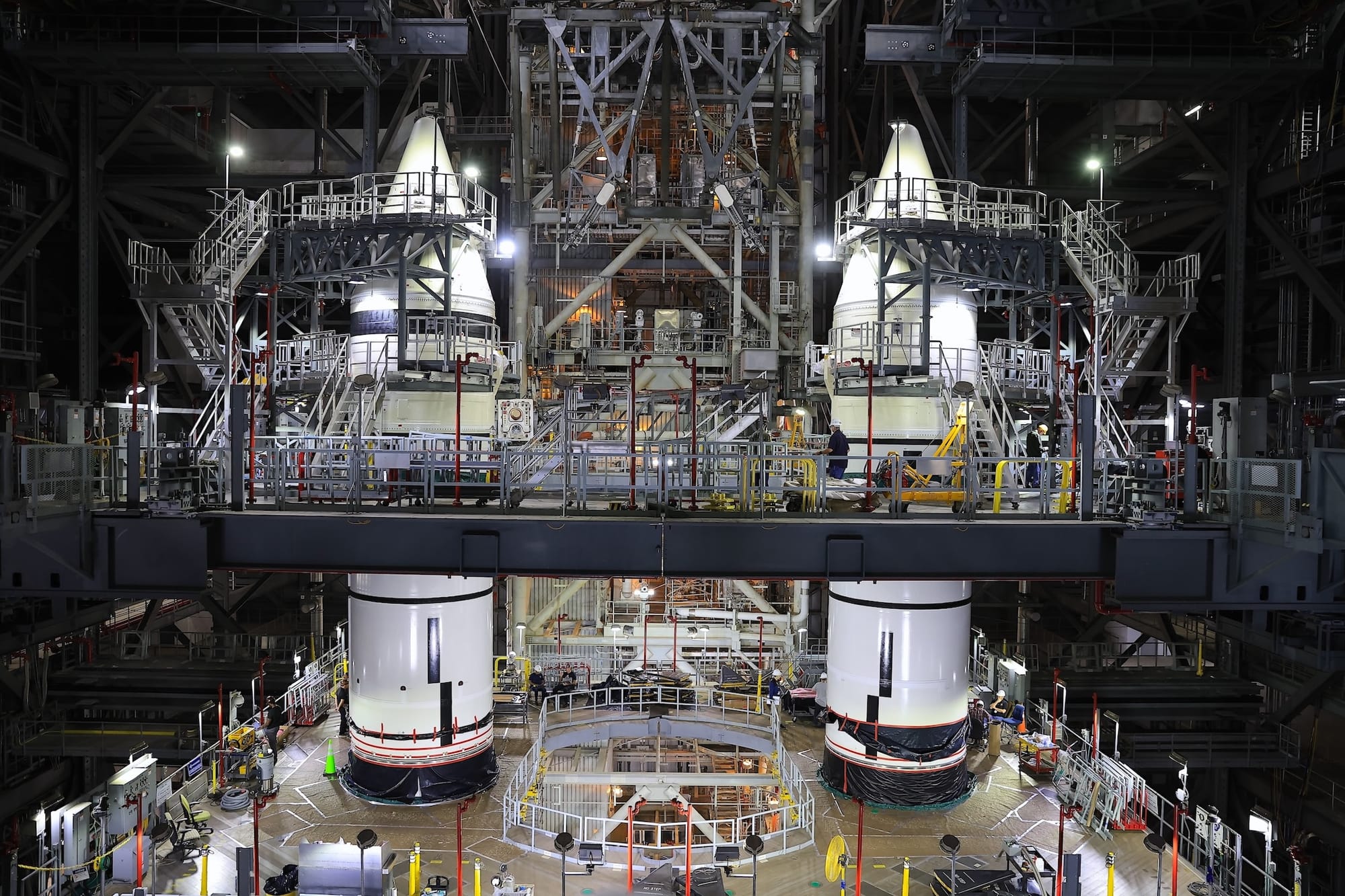
- As of February 19, NASA has completed stacking the twin solid rocket boosters part of the SLS rocket that will send four astronauts to the Moon as part of Artemis II in 2026. The crane-lifted stacking of the multi-segmented boosters took three months.
- NASA’s Associate Administrator Jim Free, an advocate of and chief contributor to the current crewed Artemis lunar exploration architecture, retired out of the blue on February 22. The agency hasn’t announced a replacement until now.
- The NASA Engineering and Safety Center (NESC) is conducting an agency- and community-wide assessment of the state of “cold electronics” and their potential for space missions. The primary intent is to identify and close technology gaps, and subsequently develop and continually use cold electronics on future Moon missions with minimal thermal management for up to 20 years—something that will be particularly pertinent for sustaining activities in and around frigid permanently shadowed regions on the Moon’s south pole that can host temperatures well below -200° Celsius.
- APL is hiring an experienced scientist to join their 30-person ‘Moon and Rocky Planets Group’ for advancing planetary sample studies, which would include guiding future Moon missions to explore and sample the surface.
